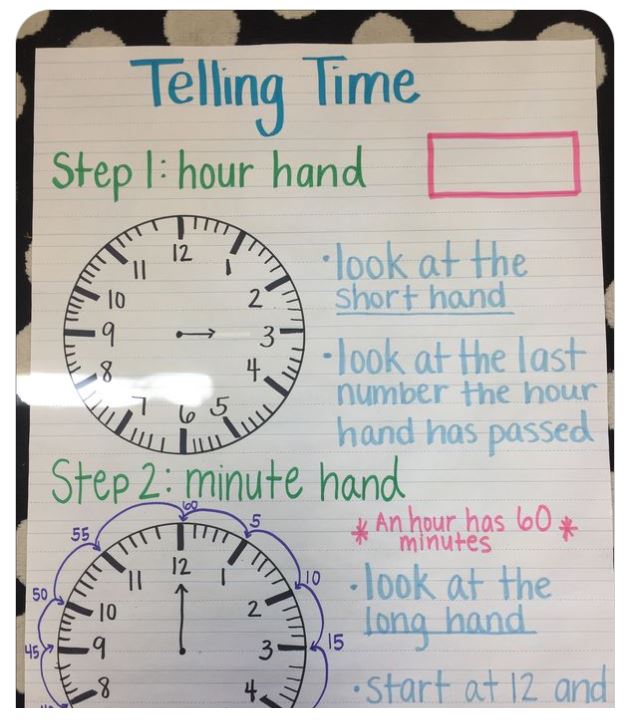We’re introducing you to some newbies – the third-grade anchor charts. These are a great way to introduce what’s coming in the next year or many years after that. And they’re also a fantastic way of teaching students what is expected of them in their future classrooms and giving them an insight into their future education.
They come across as chalkboard drawings at first glance, and it’s only when you get closer that you realise they’re made with markers. We don’t know how these were done, though we’re guessing characteristics were drawn over the top of pencil sketches.
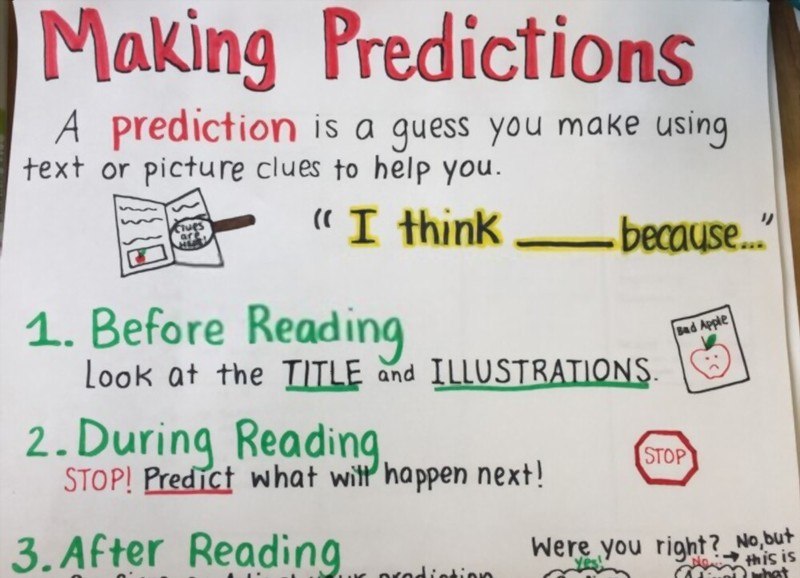
Contents
30 of the Best 3rd Grade Anchor Charts
1. Multiplication Strategies
Anchor charts have never looked so fun. Multiplication Strategies chart is an excellent introduction to multiplication, and you’ll get kids excited in this lesson, perhaps even rekindling some of the excitement they had with Multiplication tables.
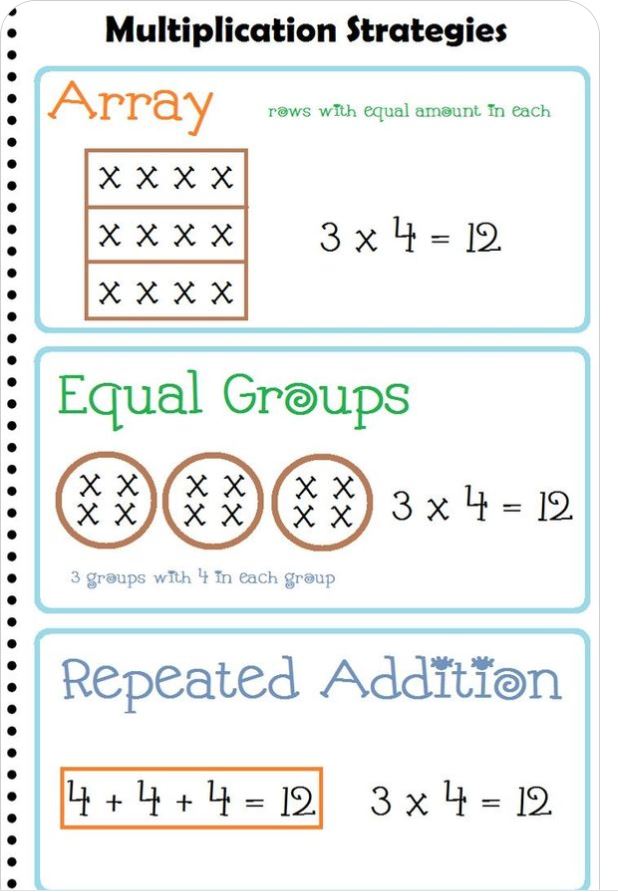
2. Point of View
This is a great way to show children the importance of being thorough and accurate – something we all know can be pretty tricky. This chart tells students that their work will not be accepted if they don’t fill in every box!
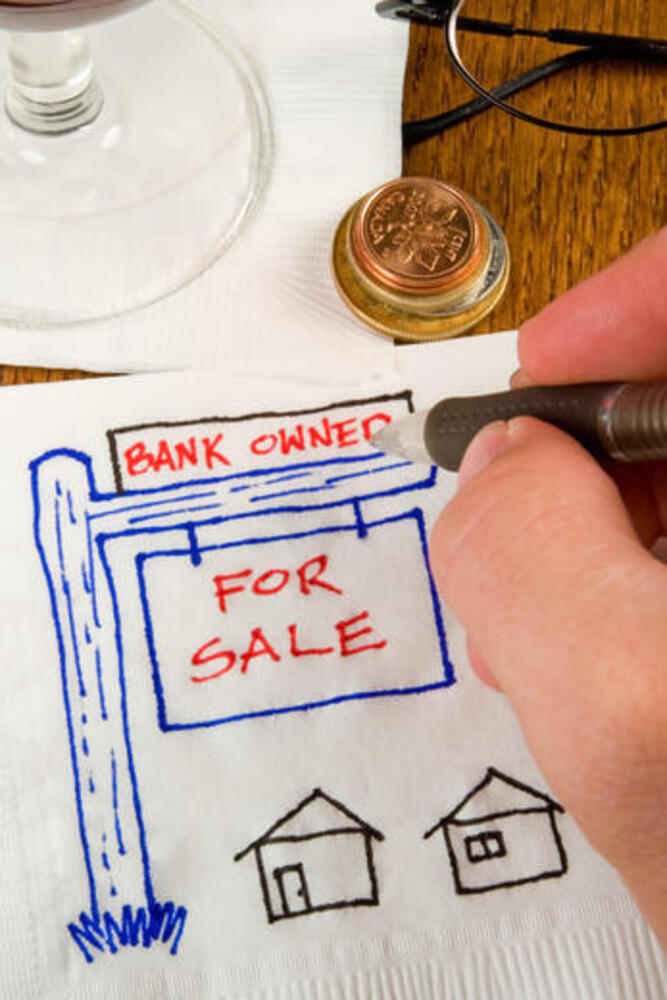
3. Making Connections
For linking concepts in maths, this anchor chart is brilliant. Let students fill in which images go with how many times two numbers are one or divide two into 1 . . . and so on.
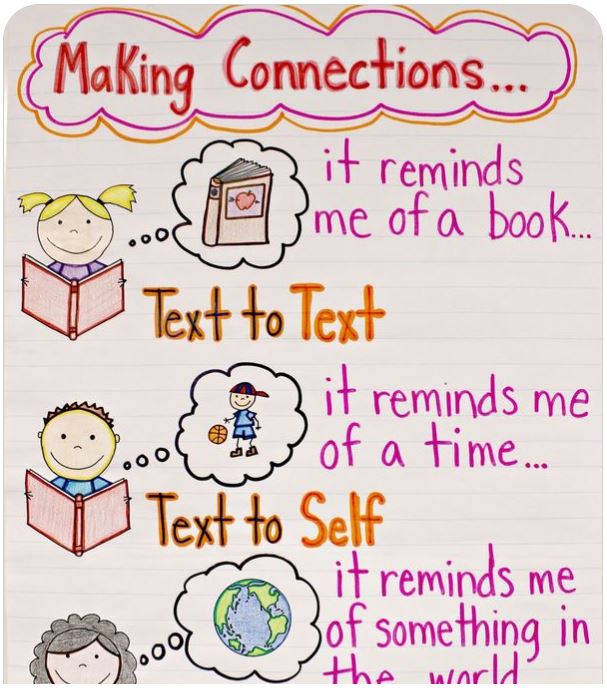
4. How Many Do You Need
This is a great way to teach multiplication and decimals. Students will change their understanding of those concepts through the chart.
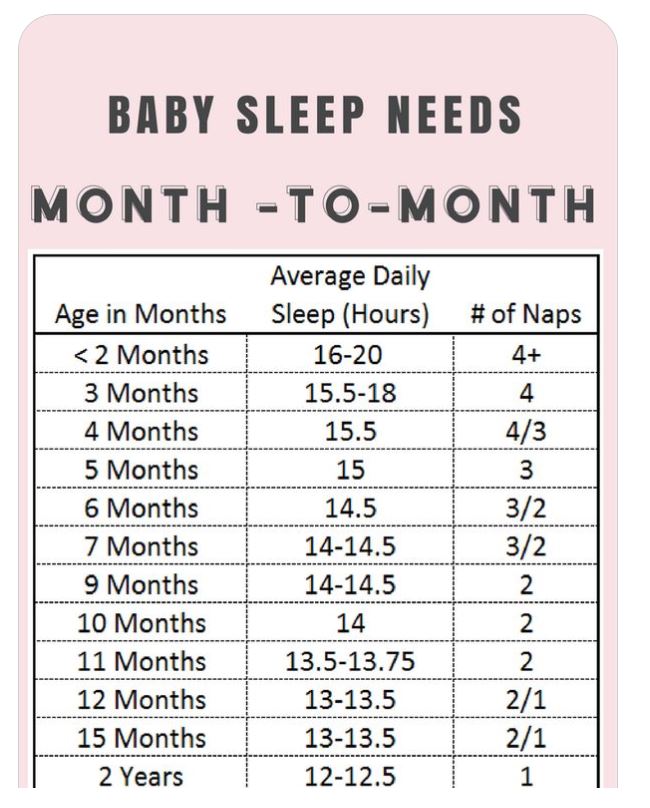
5. What’s in a Number?
It’s always challenging to find the right time to teach children with disabilities, but this chart is perfect. It gives students a chance to add, subtract and multiply in different ways because numbers have also changed form over time! So far, so good!
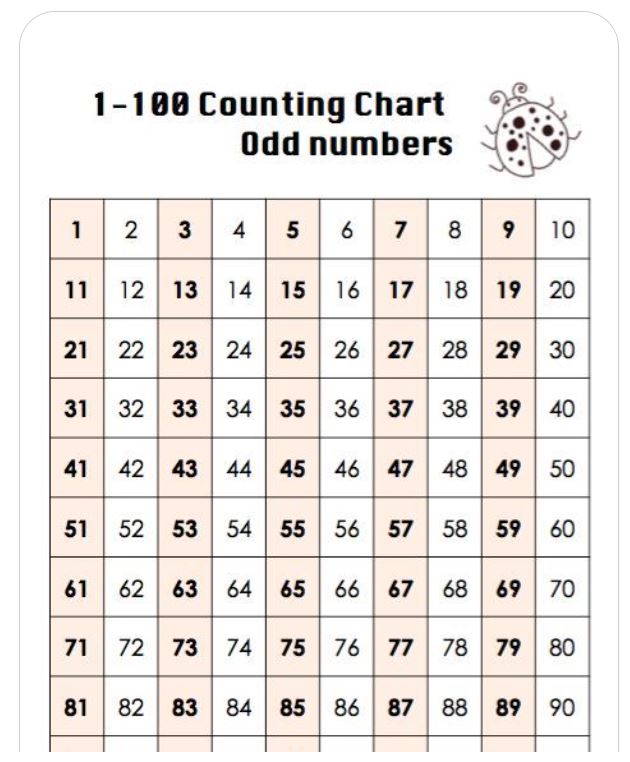
6. Rounding Chart
Creating charts to show kids how to round numbers is always a great idea because most adults still don’t know-how. So it’s nice to have the opportunity to learn that way!
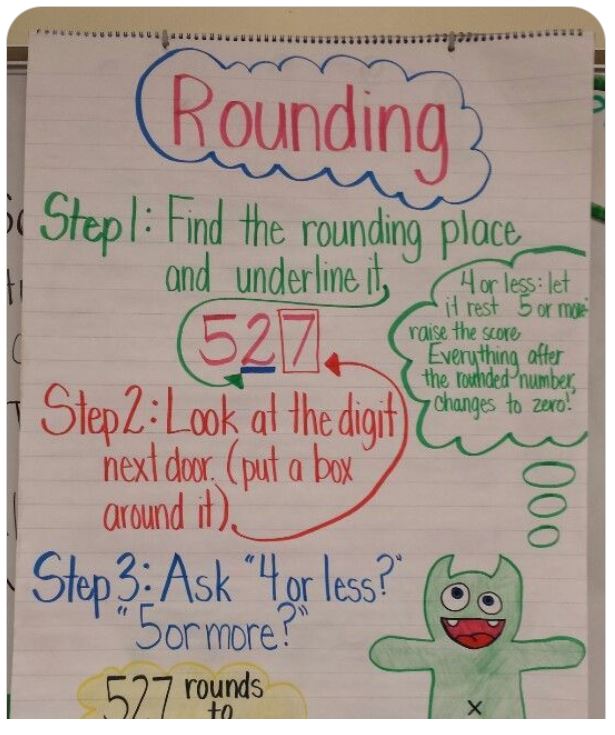
7. Long Division
If you’re unfamiliar with the idea of long division, then this chart is for you! It breaks down the process of long division into steps, so students can learn more efficiently. Be sure to share it with your kids.
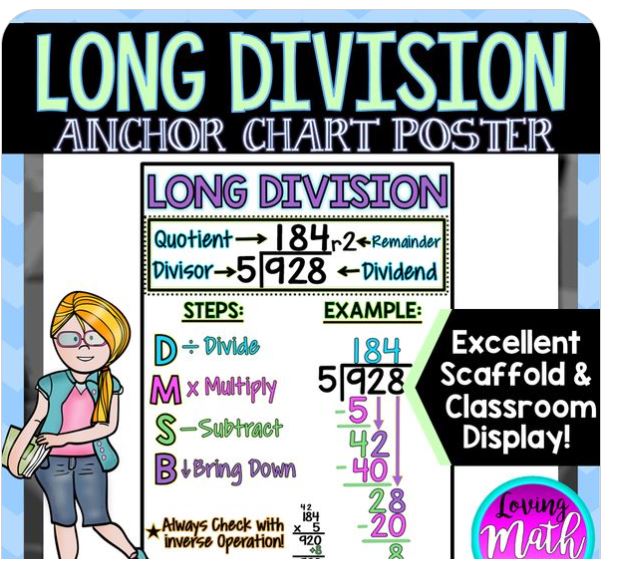
8. What is Area?
This chart is an excellent way for kids to learn how important it is to make sure you’re doing the correct calculations in math. The area is tricky, so it’s nice to have some guidelines!
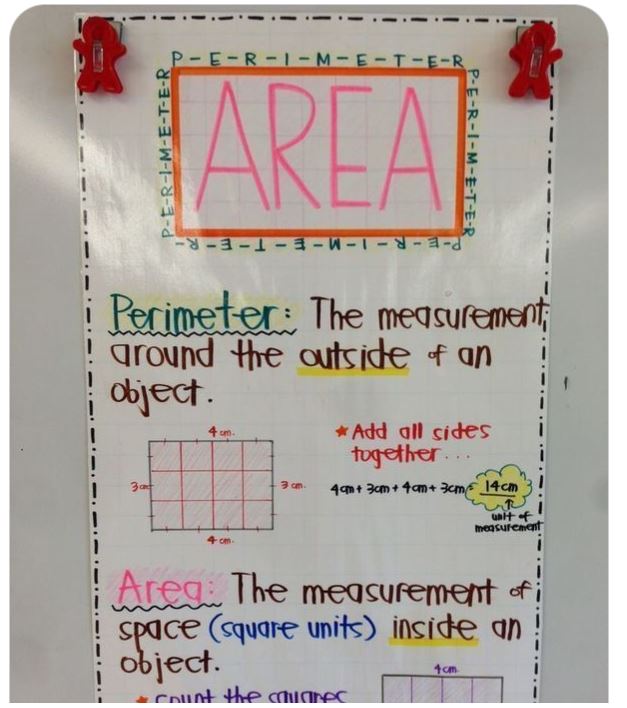
9. Area and Perimeter
This chart gives students a great introduction to area and perimeter. I think this would be an excellent way for students struggling with multiplication and decimals to practice those skills.
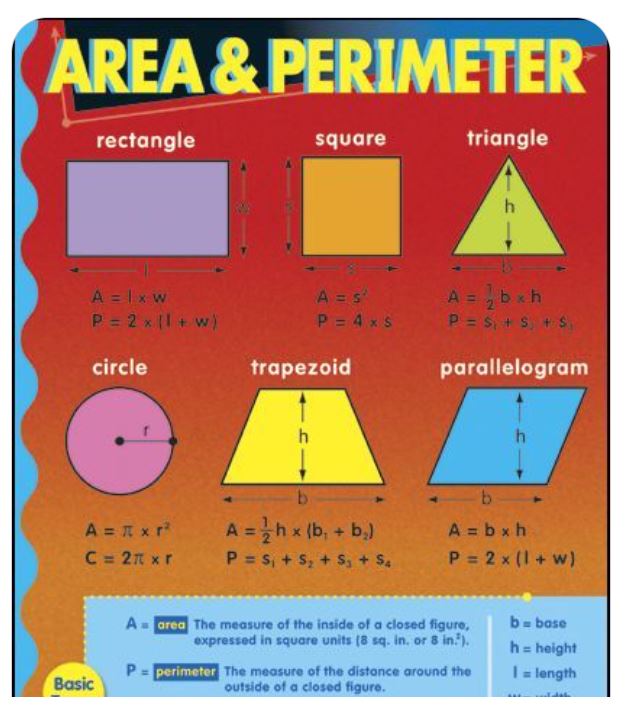
10. How Much Is It?
If you struggle with addiction, this chart is an excellent way to deal with the numbers! Students can build their multiplication charts on the board, and you can help them out if necessary.
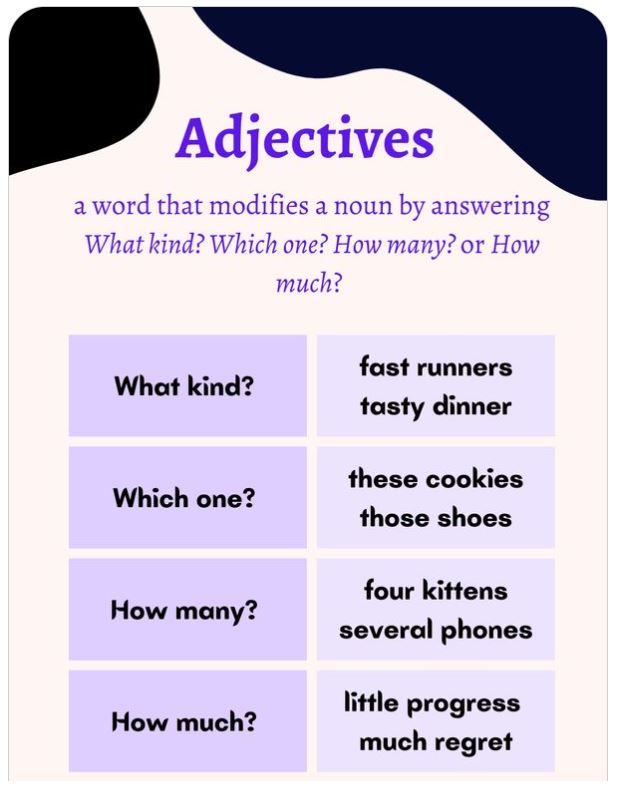
11. Similes and Metaphors
The similes and Metaphors chart is a great way to teach students how similes and metaphors are used in literature. It’s also a good lesson for older students – don’t forget, 3rd graders can be pretty advanced!
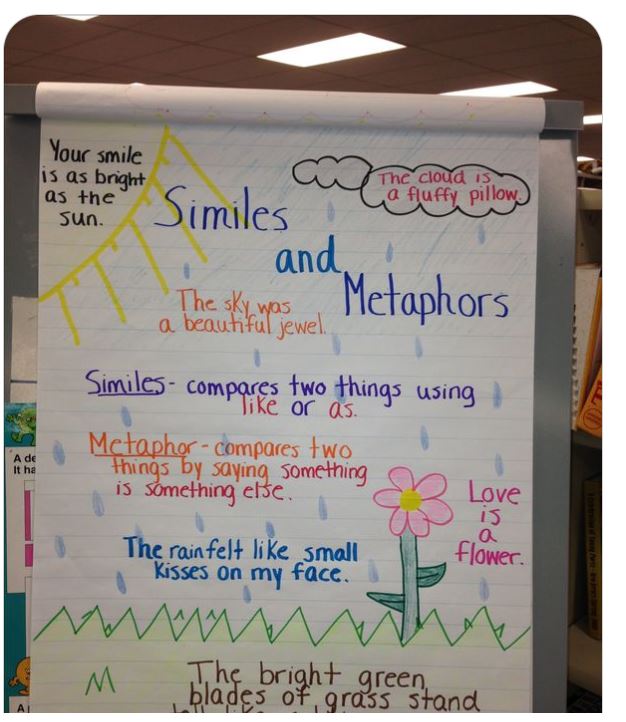
12. Story Elements
Story Elements chart is a good way for students to be able to write their own stories! They’ll need to think of the various elements used in reports, and this chart will be an excellent way for them to learn the different story elements. It’s also a great way to teach coordination of ideas and events.
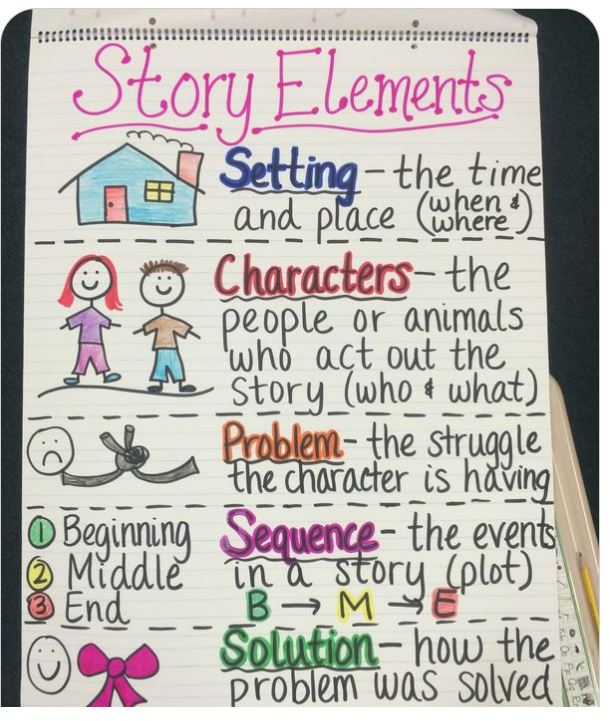
13. Different Kinds of Lines
Different Kinds of Lines chart is great for kids to learn about different types of lines and what they’re used for. It’s a good lesson on the different ways to use cables in the classroom.
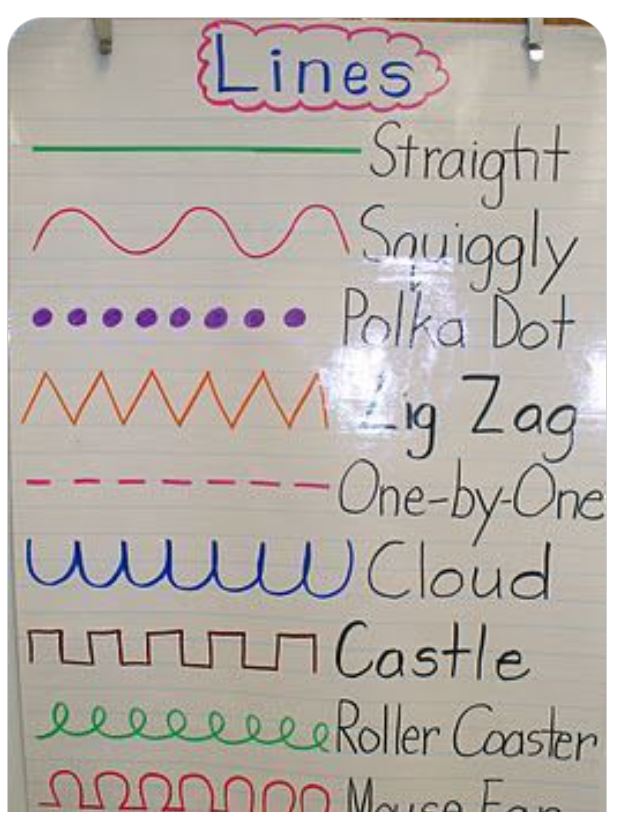
14. Fractions
The fractions chart is a fantastic introduction to fractions. It’s also a great way to teach kids what one particle is by covering it with four pictures!

15. The Whole Point
If your students are struggling with their understanding of the whole point in class, this is a great way to teach them! Students can learn several ways to approach the question, but they must choose one and stick to it. They should never give up on their answer because they think it’s wrong…
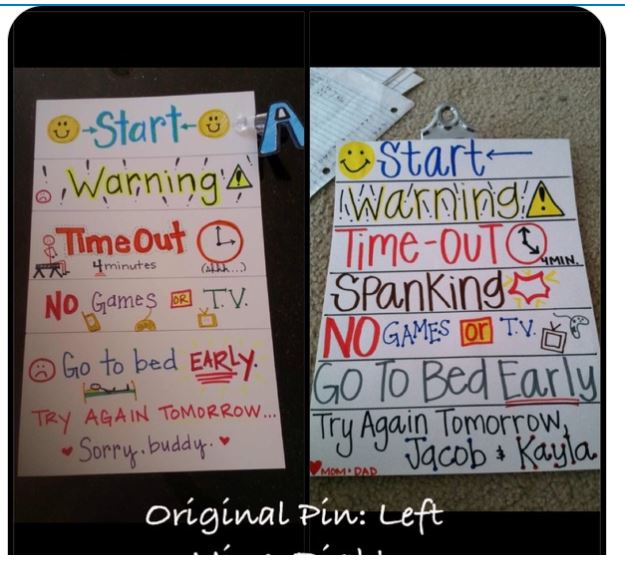
16. Measuring Weight
A measuring Weight chart is a great way to teach students about measurement. Make sure students know how to be creative when measuring things, and don’t forget to encourage them!
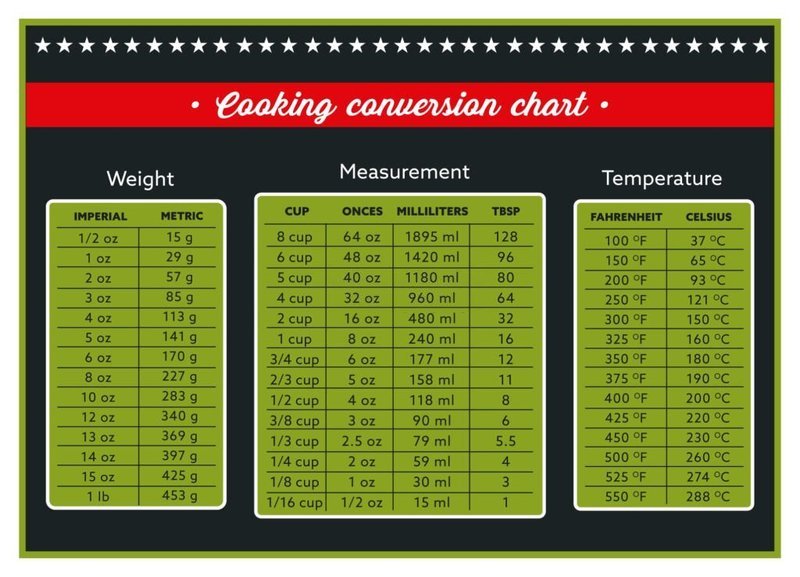
17. Comma Use
The comma Use chart is an excellent way to teach students about commas and how to use them correctly in their writing. It will also help them learn when they can and cannot use commas, making it worthwhile to show the difference between right and wrong.
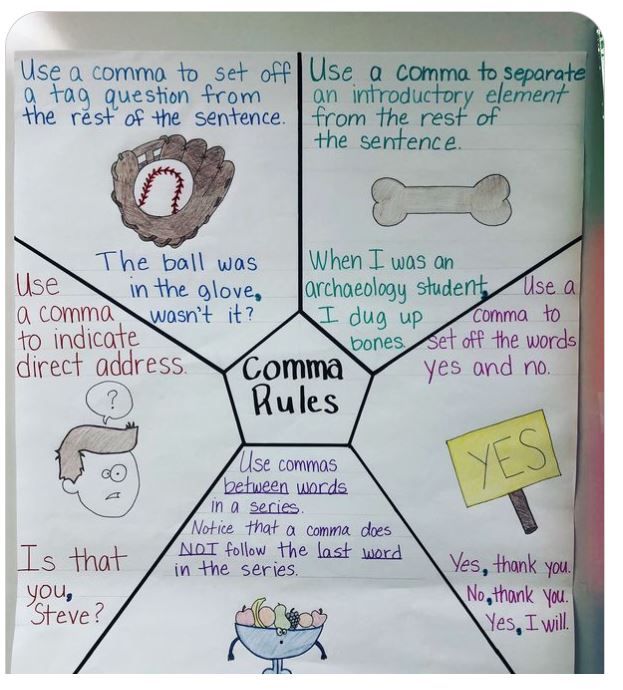
18. Growth Mindset
The growth Mindset chart is a great way to introduce students to the idea of a growth mindset. It’s also an excellent way to show students that every student can be good at math, even if they can’t always do the best in class.
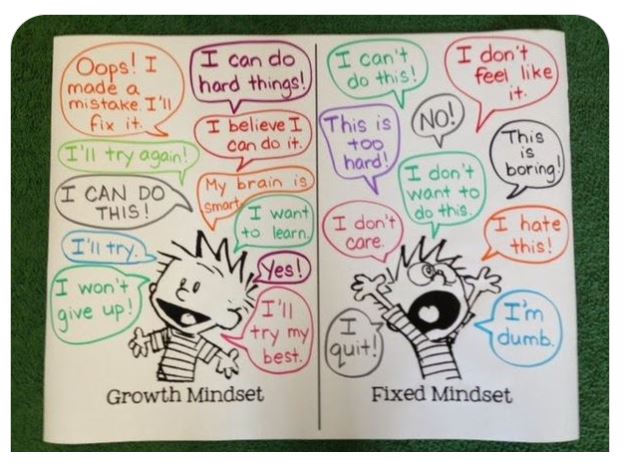
19. Contraction Refresher
The contraction Refresher chart is a valuable tool for students who may be struggling with the idea of contractions. It teaches students that they are short forms of words and gives them an easy way to remember them.
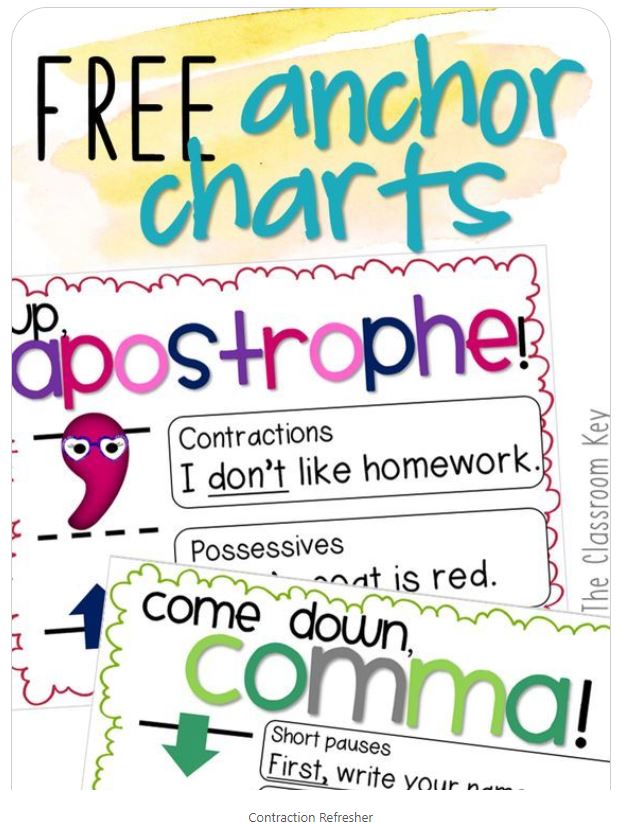
20. Antonyms
Antonyms chart is a great way to teach students about the term “antonym” and how it can be used in class. It also teaches them how to use them correctly in their writing and gives clear examples of how they are used.
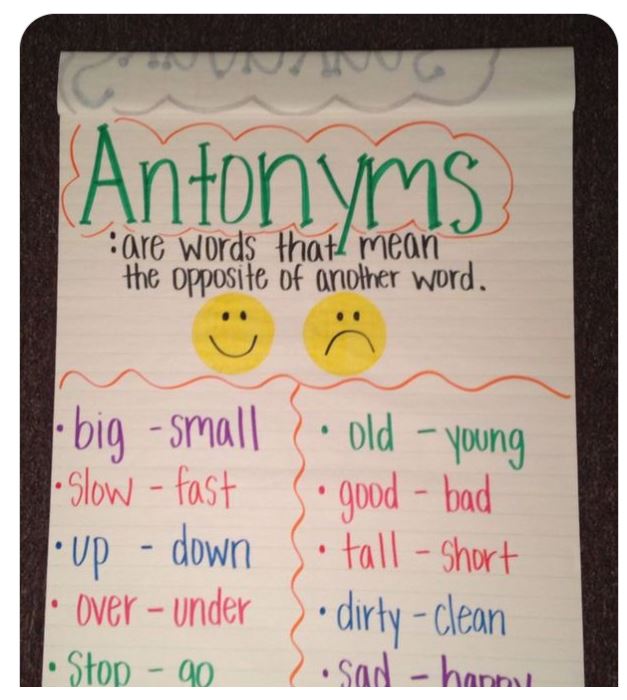
21. Earth Day Anchor Chart
This Earth Day Anchor Chart is a great way to introduce students to the idea of Earth Day and teach them the importance of making conscious choices in their lives. It’s a great way to bring it all together and have students reflect on what they can do after learning all of the content.
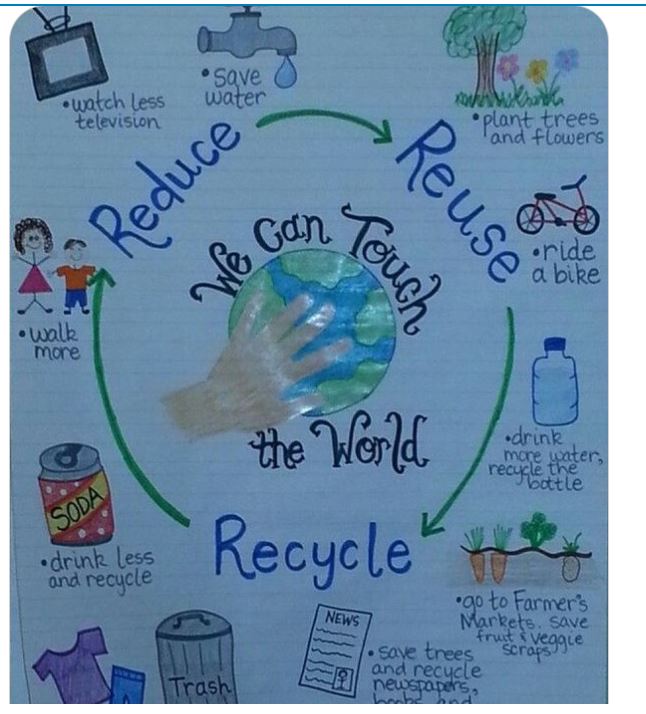
22. Figurative Language Terms
The Figurative Language Terms chart is a great way to introduce students to the idea of figurative language and how it can be used in the classroom. It’s a simple and easy way to teach students the importance of describing their ideas rather than simply writing them down.
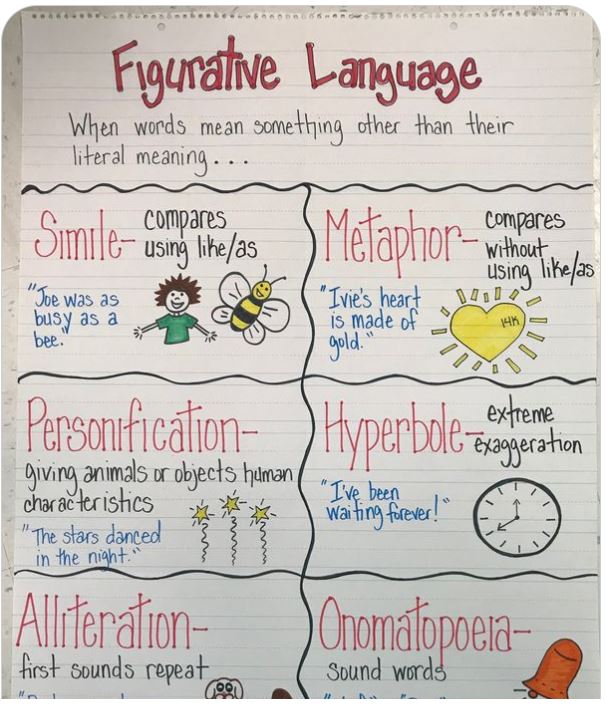
23. Compound Sentences
A compound Sentences chart is a great way to introduce students to the idea of compound sentences. It helps them understand how we can use two sentences to explain one thing, and those sentences work together.
24. Using a Ruler
Using a Ruler chart is a great way to introduce students to using rulers in the classroom. It’s also an excellent way to teach them how to measure things and the necessary skills for them to succeed.
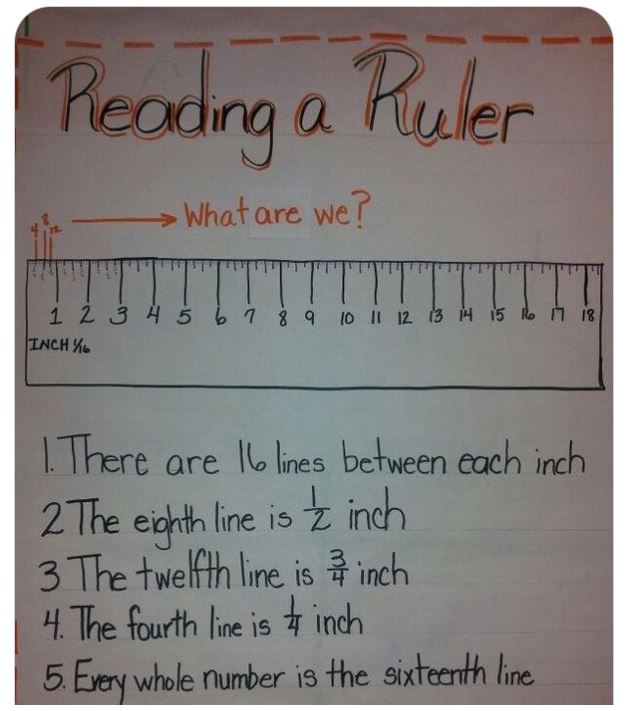
25. States of Matter
The state of Matter chart is a great way to introduce students to the idea of states of matter. It also helps them understand how we can use two sentences to explain one thing, and those sentences work together.
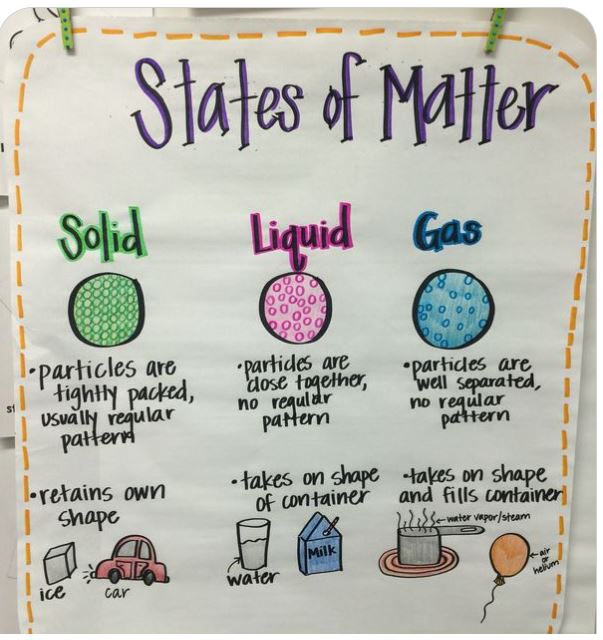
26. Elements of a Good Story
This chart is a great way to introduce students to elements of a good story and how they can be used in their writing. It’s also a good lesson for students to learn about how stories can be told and when to use which writing style.
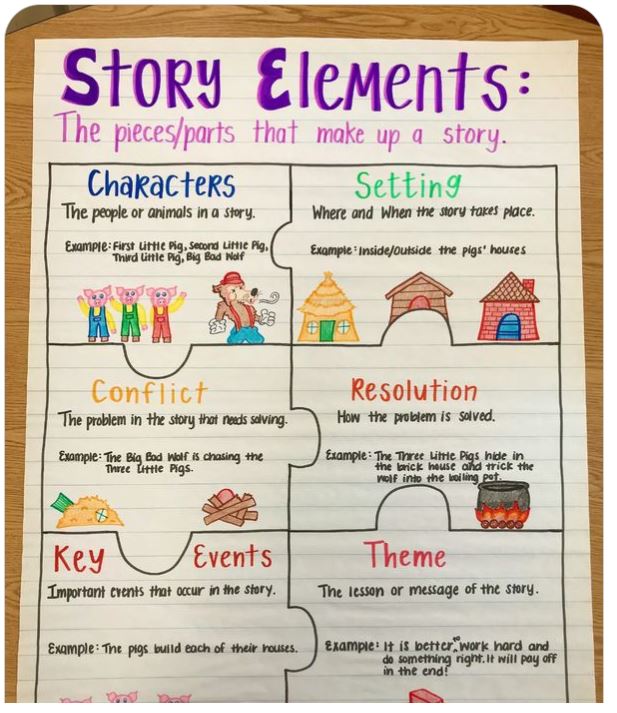
27. Noun Know – How
Noun Know-How chart is a great way to teach students about nouns and how they can be used in the classroom. It’s also a good lesson for students to learn about the different ways we use them and the different types of nouns.
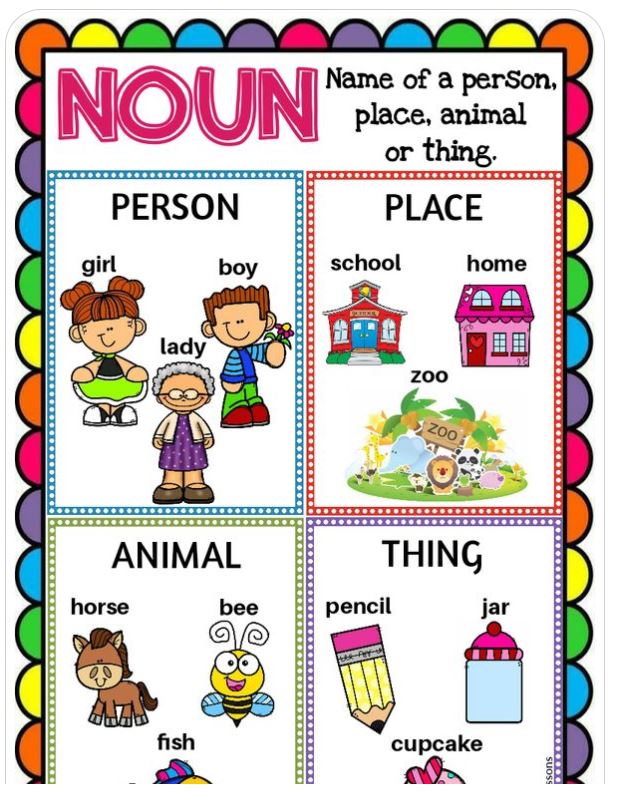
28. Writing Letters
Writing a Letters chart is a great way to introduce students to the idea of letters and how they can be used in the classroom. It’s a good lesson for students to learn how one letter can change the meaning of a word or determine how two or more words are put together.
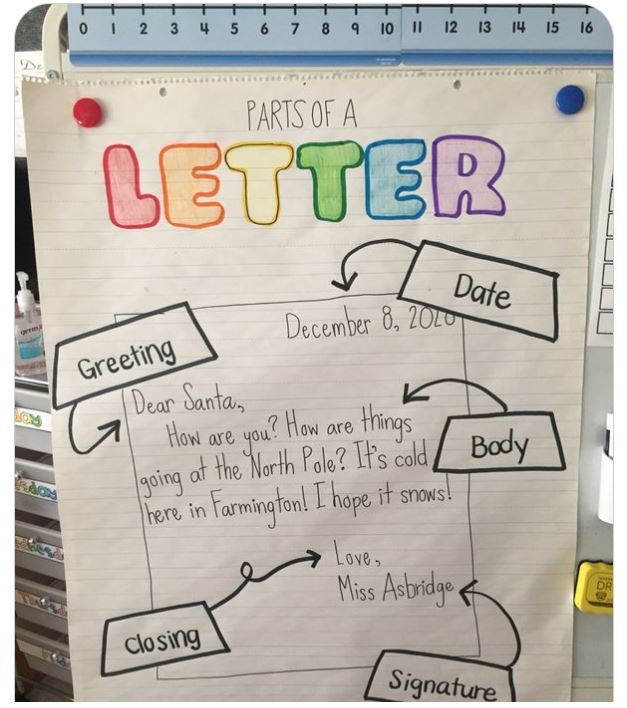
29. Quadrilaterals
Quadrilaterals chart is a great way to introduce students to the idea of quadrilaterals. It’s also a good lesson for them to learn about how they can be used in math class, and how they are different from triangles, rectangles and squares.
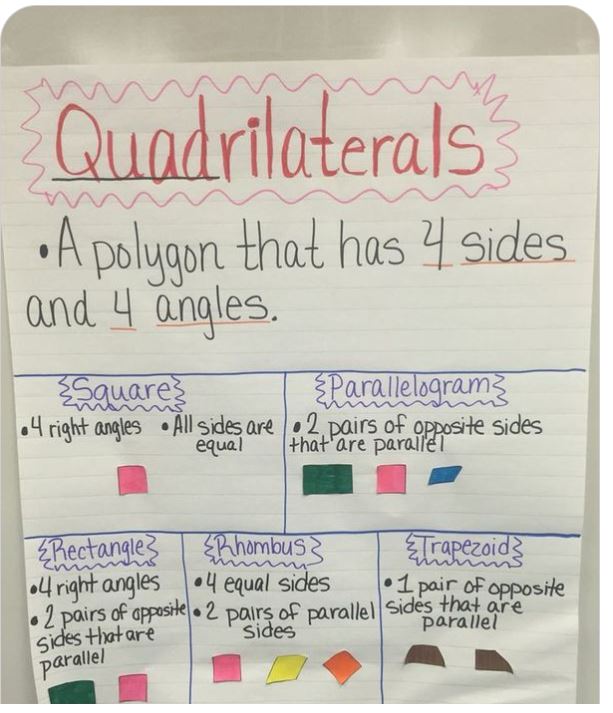
30. Telling Time
Telling Time chart is a good way for students to learn about telling time. It’s also an excellent way for them to understand that there are different ways that we can tell time, so they won’t always have to look at their phones.
